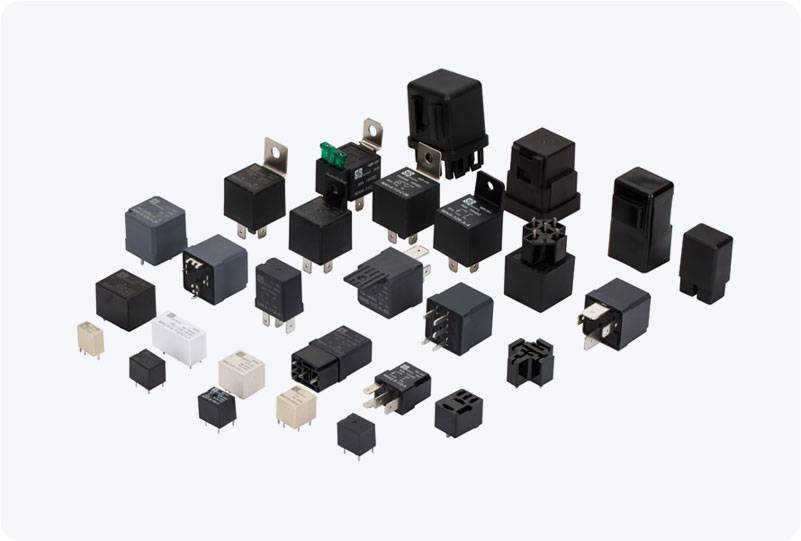A Current Overload Relay is an essential device used in electrical protection systems to prevent the damage of electrical circuits or motors due to excessive current. These relays are a crucial component in safeguarding electrical systems, ensuring that overloading conditions do not result in equipment failure, fires, or other hazards. The overload relay works by monitoring the current flow through a circuit and disconnecting the power supply when the current exceeds a predefined threshold, thus preventing potential damage. This article explores the working principle, applications, and types of current overload relays.

Working Principle of Current Overload Relay The main function of a Current Overload Relay is to detect excessive current in an electrical circuit, especially in motors, and protect them from running under conditions that could lead to overheating or failure. The relay works by monitoring the current and responding when it exceeds the preset value. In simple terms, when an electric motor or circuit draws more current than its designed capacity for a prolonged period, the overload relay detects this abnormal situation. It then activates a mechanism to either cut off the power or send a signal to a control system, thereby protecting the motor or circuit from damage. Overload conditions can arise from a variety of factors, such as motor failure, mechanical blockages, or sudden load surges.